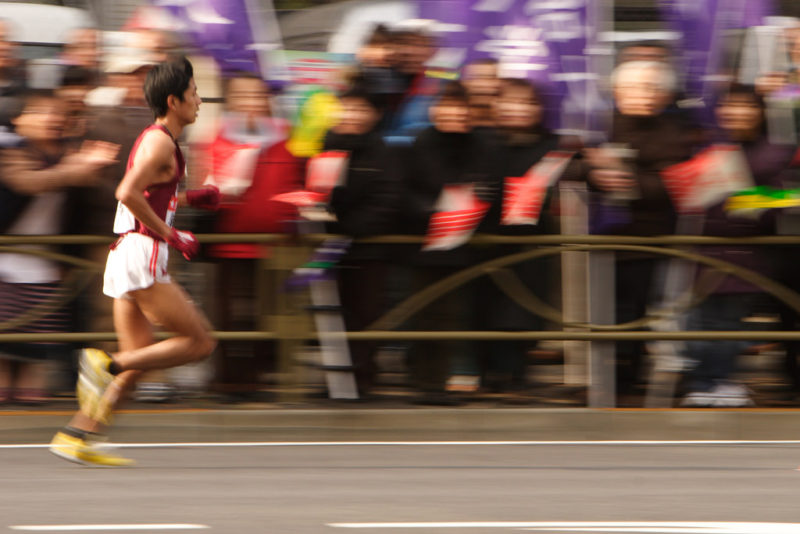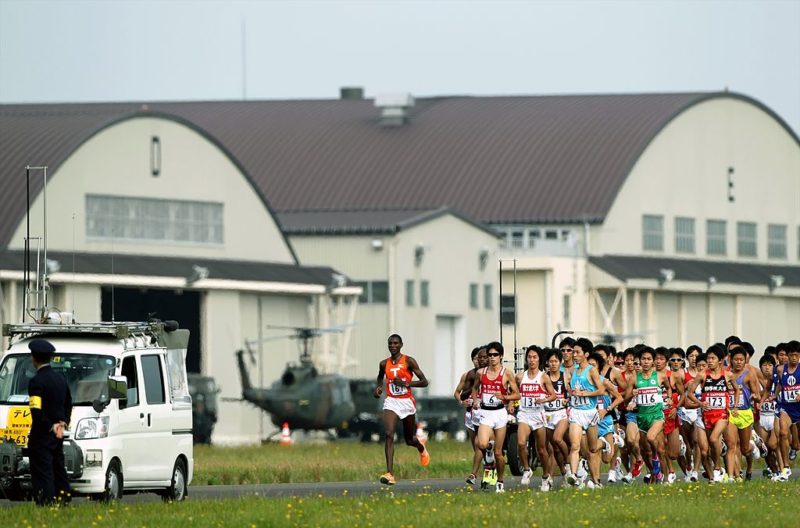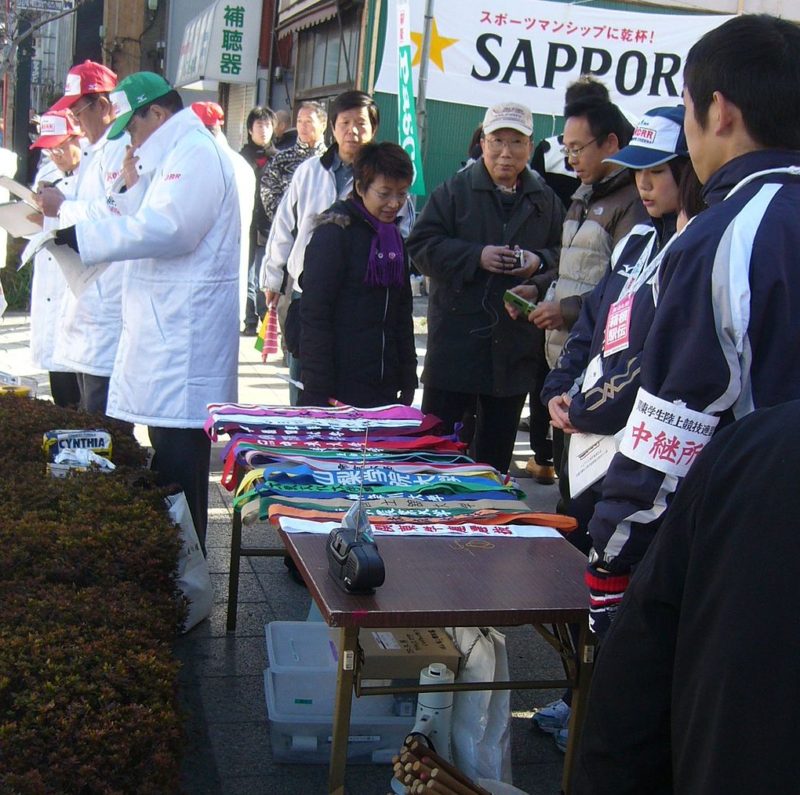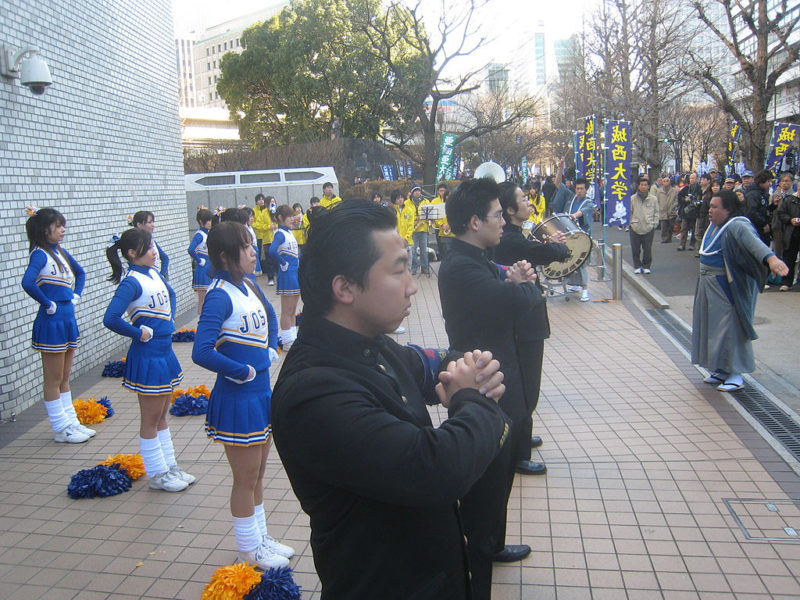
Source: mrhayata
Hakone Ekiden which is formally referred to as Tokyo-Hakone Spherical-Journey College Ekiden is among the most prominent college ekiden (relay marathon) races of the year held in Hakone and Tokyo in Japan on 2 and three January. This two-day race from Ōtemachi to Hakone and again is separated into 5 sections on every day. Because of slight variations within the courses, the primary day distance is 108.0 km whereas space on the second day is 109.9 km.
1. Historical past
Hakone Ekiden was begun in 1920. Shizo Kanaguri, who is named the father of the Japanese marathon, conceived the concept. His enthusiastic thought of mentioning a runner who may compete on the planet grew to become the driving power of creating Hakone Ekiden. He had to surrender his race on the way, however. Within the meantime, the primary ekiden, Tokaido ekiden Tokyo so was held in 1917 between Sanjō Ōhashi, Ueno Shinobazunoike Tokyo, and Kyoto.
2. Rules
5 sections are offered between Hakone and Tokyo every way. Every runner runs one section, alternates with the subsequent runner at a station. Every crew has ten runners, operating with their groups’ sashes that are handed over to the subsequent runner on the team at every station. If a runner can’t get to a station inside twenty minutes after the highest runner reached it, the subsequent runner begins with a substitute sash. The time distinction is added to the goal time.
3. Participate

Source: Rikujojieitai Boueisho
4.Tasuki
TasukiGroups that finish within the top 10 are entitled to compete once more the next year. Another 9 are chosen by way of a qualifying race in October. The ultimate team allowed to participate is picked by the Kanto college runners’ affiliation and features particular person runners from different universities whose groups didn’t qualify to compete.

Source: Yoh-Plus
Groups regard the tasuki (cotton twine) that runners put on through the race and hand to teammates on the finish of their stage as an emblem of group solidarity. It has a singular colour for each participant of the crew.
5. Gobonuki
One of many sights of ekiden is to look at runners chase down and overtake others in a single spurt. The phrase gobo nu ki comes from the act of pulling (nuki) a burdock (gobo) out of the ground. Daniel Gitau, a global research main on the Tokyo-based mostly Nihon College campus in Mishima, Shizuoka Prefecture, tied the all-time gobo nu ki file by passing 15 runners in the 2008 race.
6. Kuriage sutato
At handover relay points, runners are on standby to obtain their team’s Tasuki and begin the subsequent stage. At the points, members of any teams that haven’t arrived lower than 20 minutes after the main crew should set off anyway utilizing one other “standard-issue” Tasuki given by the organizers — besides on the last relay level each way, where groups are allowed to have their very own “backup” Tasuki ready with a purpose to save face.
7. Supporting and assistants participation

Source: Rick Seely
College students who aren’t taking part within the occasion as runners also become involved within the occasion. The Inter-College Athletic Union of Kanto, which features 20 pupil representatives from different universities within the area, is tasked with supporting the race. On race days, 20 college students from the union and greater than 1,000 assistants to support the runners.
Information
- Starting times: Jan. 2 at 8 a.m. (Tokyo to Hakone); Jan. 3 at 8 a.m. (Hakone to Tokyo)
- The runners: 20 all-male
- Distance: First-day distance is 108.0 km whereas the distance on the second day is 109.9 km.
Have a good trip and travel!














